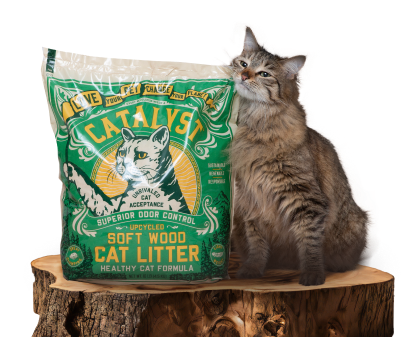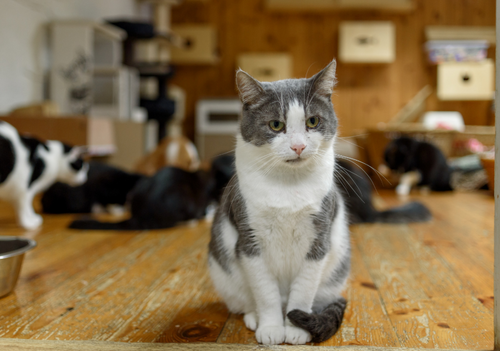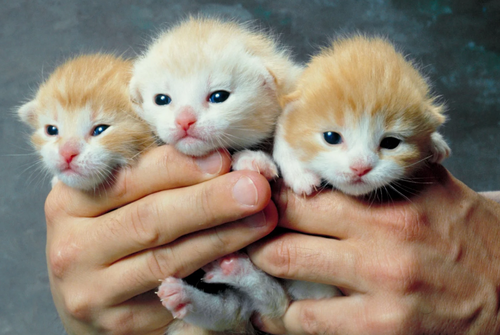Every October, we hear a lot about Black Cat Awareness Month. And for good reason—these sleek, gorgeous cats have had a tough time shaking off old myths and superstitions. While they’re celebrated in spooky season, the truth is black cats need our attention and love every day of the year.
Why black cats get overlooked
Several studies show that black cats tend to be adopted less often than their lighter-colored friends. In one large U.S. shelter study, black cats had the lowest adoption rates and the highest euthanasia rates out of all coat colors.
Why does this happen? Some of it comes down to lingering superstition—yes, people really do still think black cats are “unlucky.” On the practical side, they can be harder to photograph well, which means their adoption listings don’t always pop. And since black is a super common coat color, shelters often just have more of them waiting for homes. All of this adds up to longer stays in shelters for these cats, even when they’re just as sweet and lovable as any other.
The Halloween connection
October was chosen for Black Cat Awareness Month because of the strong cultural ties between black cats and Halloween. From witches’ companions to spooky folklore, their image shows up everywhere this time of year. That visibility is part of the reason advocates spotlight their struggles during the month of October.
In the past, some shelters even paused black cat adoptions around Halloween, worried they might be used as seasonal “props” or decorations. Today, most animal welfare experts point out there’s no solid evidence that black cats face greater danger during the holiday, and many argue that adoption bans only made it harder for them to find homes. Still, the history reveals how deeply superstition has shaped the way people view these beautiful cats.
Busting the myths
A lot of the bias against black cats comes from simple old stories. For centuries, they’ve been painted as unlucky in parts of Western culture, but in places like Japan and the U.K., they’re actually thought to bring good fortune. The idea that they’re harder to bond with is just as false—anyone who’s lived with one will tell you they’re as cuddly and curious as cats of any other color. Even the claim that they “don’t photograph well” falls apart the second you see one in good lighting, their bright eyes glowing against that glossy coat.
These myths may sound harmless on the surface, but together they create a big misunderstanding that often keeps black cats waiting far too long for homes.
Showing them love year-round
So, what can you do? Adopting or fostering a black cat is the biggest way to help, of course. But even if that’s not in the cards right now, you can still make a difference. Share adoption listings on social media, help shelters by donating supplies or volunteer your time to snap better photos of their black cat residents.
And maybe the most important thing: Speak up when you hear someone repeat an old superstition. Remind them that black cats are not unlucky—they’re just cats looking for a good home.
Black cats are way more than Halloween symbols. They’re sweet companions with loads of personality, waiting for families who’ll see past the myths. Black Cat Awareness Month is a great reminder, but the magic of black cats lasts all year long.
So next time you see a sleek black kitty at a shelter, don’t walk past—give them a chance. You might just find your new best friend.














